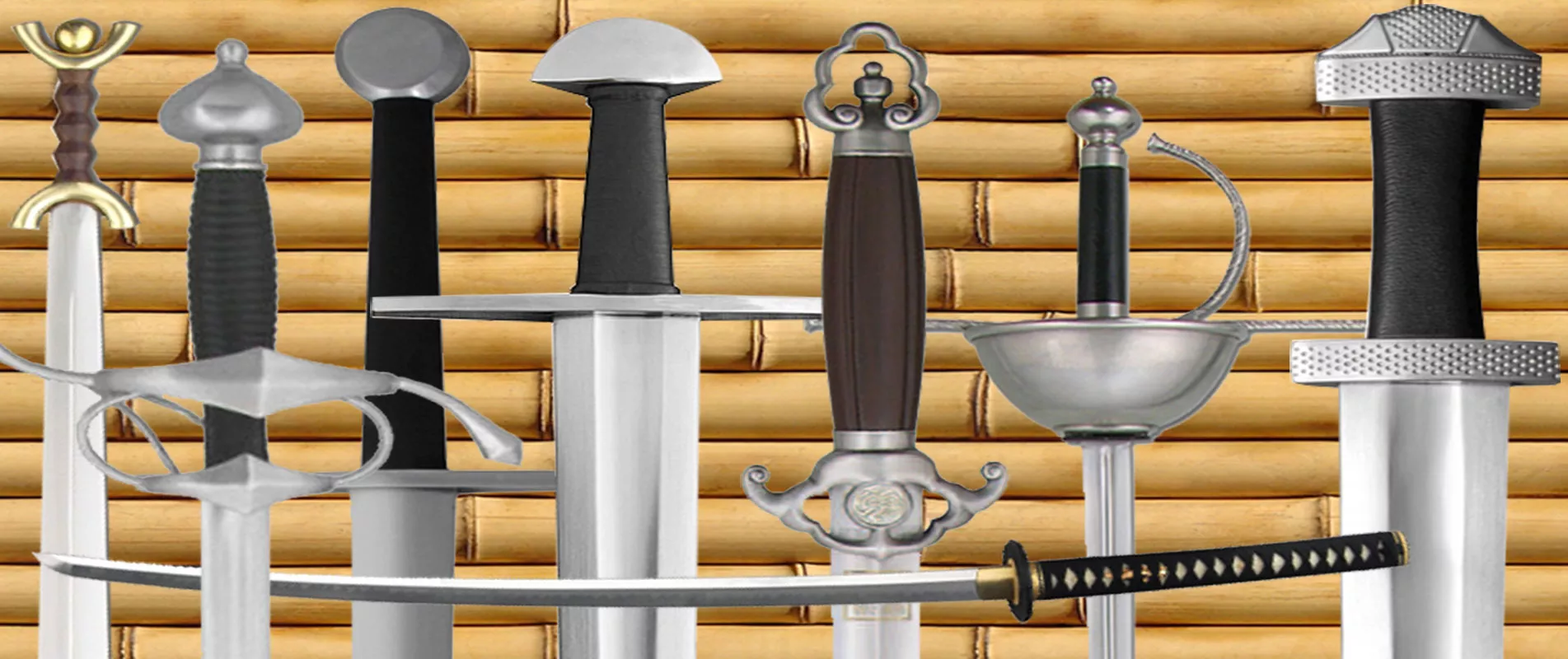What is Hema?
What is HEMA?
HEMA, which stands for Historical European Martial Arts, is a fascinating discipline that encompasses various combat systems used in Europe throughout the centuries. Below, we will explore its origins, techniques, and current relevance.
Origins and Definition
- Meaning: The term HEMA is used to describe a broad spectrum of combat styles and techniques that were common in different periods and regions of Europe.
- Historical Context: These martial practices were functional in both warlike and civilian scenarios, including tournaments, duels, and self-defense.
Practices and Techniques
HEMA covers a variety of styles and techniques that depend on multiple factors such as the region, the time period, and the type of weapon. Some of the most relevant include:
- Swordsmanship: This aspect includes fighting with swords, using different weapons such as:
- Longsword
- Rapier
- One-handed sword
- Staff, halberd, and spear
- Armored combat
- Bladed Weapons: Includes sabers, daggers, and spears used in direct combat.
Historical Sources
The authenticity of HEMA is based on meticulous research from:
- Combat treatises
- Military manuals
- Artistic representations of historical confrontations
- Judicial and parliamentary documents
- Archaeological artifacts
Modern Development
The formal practice of HEMA is relatively new, primarily resurging in the 1980s and 1990s, thanks to the interest of historians and enthusiasts. Some key organizations in this field are:
- Historical European Martial Arts Coalition (HEMAC)
- Association for Renaissance Martial Arts (ARMA)
These entities have contributed significantly, promoting the study, organization of tournaments, and dissemination of knowledge within the HEMA community.

The practice of HEMA offers a unique blend of historical study and physical development, providing practitioners with a profound understanding of the martial arts of yore.

















